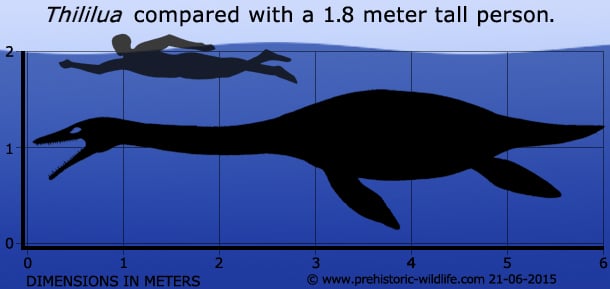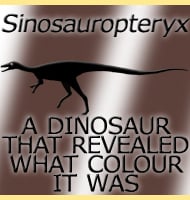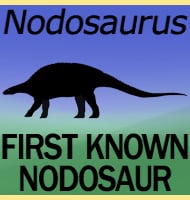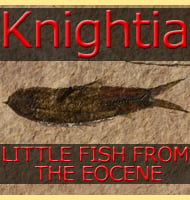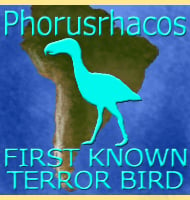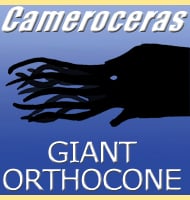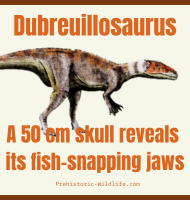In Depth
Although the body is still unknown, Thililua is considered to be a polycotylid plesiosaur. Named after the genus Polycotylus, polycotylids had plesiosaur shaped bodies, but proportionately shorter necks and longer jaws, with probably the most famous example of this group being Dolichorhynchops. Although most polycotylid fossils are known from North America, the presence of Thililua in Morocco helps to establish the picture of polycotylid plesiosaurs being successful enough to colonise most of the ocean.
But with thirty seven cervical vertebrae Thililua had more than most other polycotylid genera. This suggests that Thililua was more primitive in form and may have actually been a closely related offshoot descended from the ancestors of the polycotylids.
Further Reading
– A new polycotylid plesiosaur from the Late Cretaceous (Turonian) of Morocco. – Comptes Rendus Palevol 2:307-315. – N. Bardet, X. Pereda Suberbiola & N.-E. Jalil – 2003.
